Head of a woman
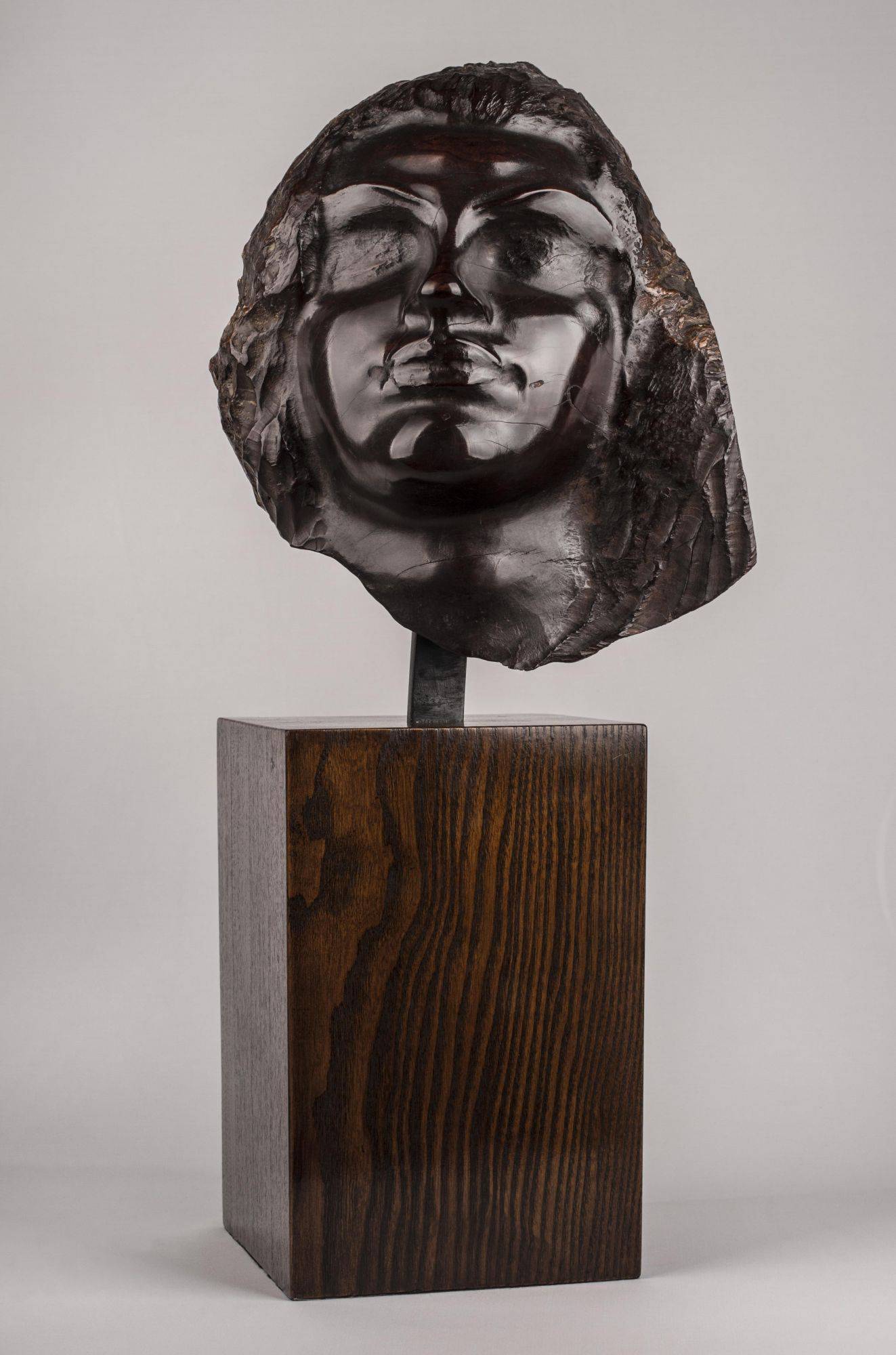
Erzia, Stepan Dmitrievich
1876 - 1959
Head of a woman
Carved wood
54cm high including base
1942
Signed and dated 1942 on right hand side
PROVENANCE:
Bonhmans, New Bond St, London, The Russian sale, 27 Nov 2013, Lot 39.
LITERATURE:
Authenticated by the International Erzia Foundation, certificate available, written by Elena Butrova, dated 28 November 2013.
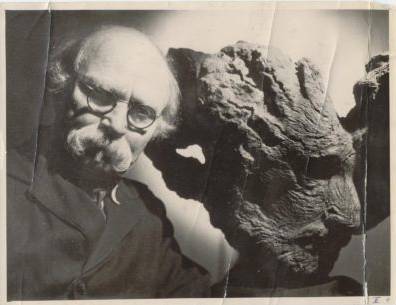
Stepan Dmitrievich Erzia (Nefyodov) (November 8 1876 – 24 November 1959) was a Mordovin sculptor who lived in Russia and Argentina. Erzia chose his pseudonym after the native ethnic group, the Erzya Mordovins.
He was born October 27, 1876 in the village Bayevo, Alatyrsky Uyezd, Simbirsk Governorate of Russian Empire. In 1892 his family moved to Alatyr; Stepan became an apprentice of various icon-painting studios. In 1893–1897 he lived in Kazan, previously at the joiner's shop, later he worked at P. A. Kovalinski's icon-painting studio in Kazan. That time Erzia decorated churches in the various cities and villages of the Volga area and attended Kazan Art School.[1]
In 1902–1906 he studied at Moscow School of Painting, Sculpture and Architecture, participating in the exhibitions of the School's students. In 1906-1914 he lived in Italy and France. He took part in the exhibitions in Venice and Milan in 1909, in Paris in 1912.
In 1927–1950 he worked in Buenos Aires, creating portraits there of Lenin, Moses, Tolstoy, and Beethoven. There Erzia, a representative of a minor and browbeaten nation, developed a project of transforming entire mountains in the Andes into monuments to the heroes of the war for independence. The local authorities approved his plan, but failed to finance its implementation.[3] While in Argentina, Erzia invented a method of processing some locally grown, extra-hard types of wood: algarrobo and quebracho from which this sculpture, Head of a woman, is carved.
In 1950 he returned to the Soviet Union. In 1956 he was awarded with the Order of the Red Banner of Labour. Stepan Erzia died in 1959 in Moscow and was buried in Saransk, the capital of Mordovia.[4]
Head of a woman is a fine portrait of a woman carved into a single piece of polished hardwood. Until Erzia pioneered the technique of working with such hard woods no sculptors had managed to work with them. The technique involved very fine drills and allowed no margin for error as the wood was gradually cut back to reveal the woman's portrait. As with the best of Erzia's work the face has a haunting and whimsical air which is hard to forget once seen. Erzia clearly had a love of women and his nudes and portraits remain some of the most sensual sculpture created during the Soviet period. The Soviet hierarchy had a somewhat prudish attitude towards the nude and Erzia's relocation to Argentina allowed him to explore the subject with a sensuality that would have been denied him had he remained in the Soviet Union.
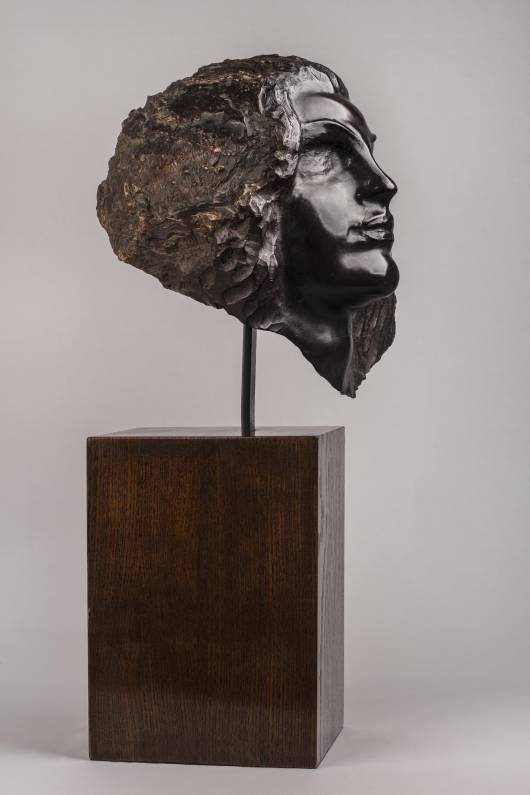
Head of a woman seen in half-profile from the right.
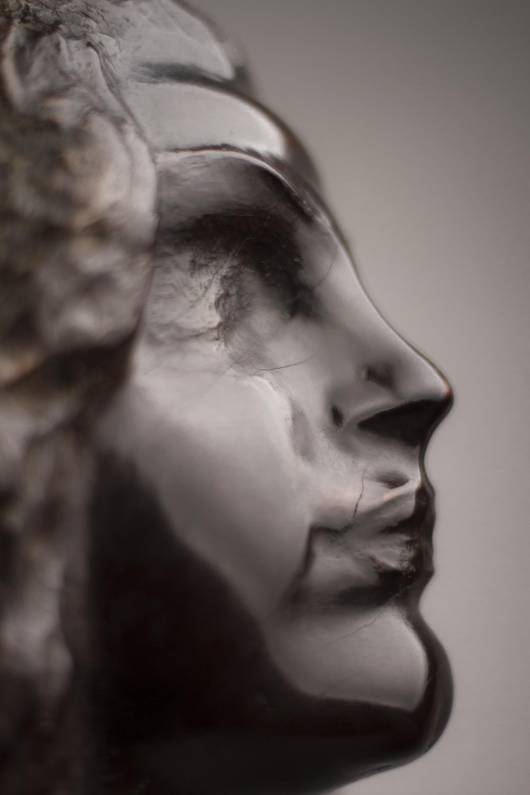
The largest holdings of Erzia's work can be found in the Mordovian museum and in the Russian museum in Saint Petersburg.
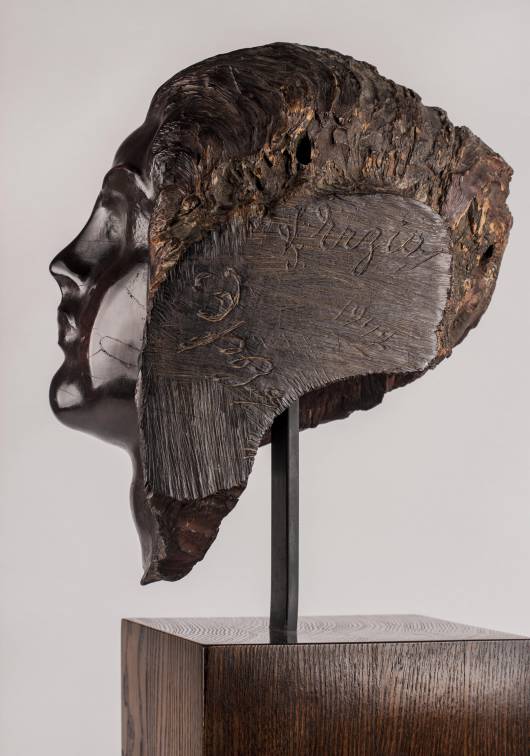
http://en.wikipedia.org/wiki/Mordovian_Erzia_Museum_of_Visual_Arts


